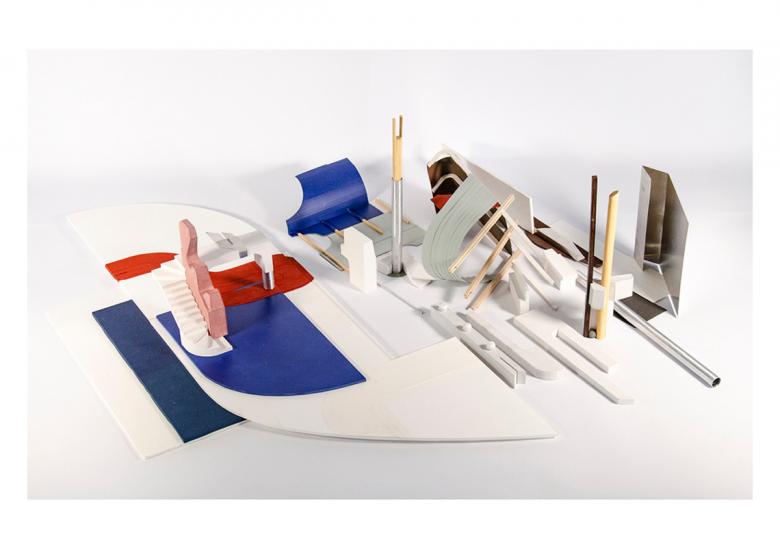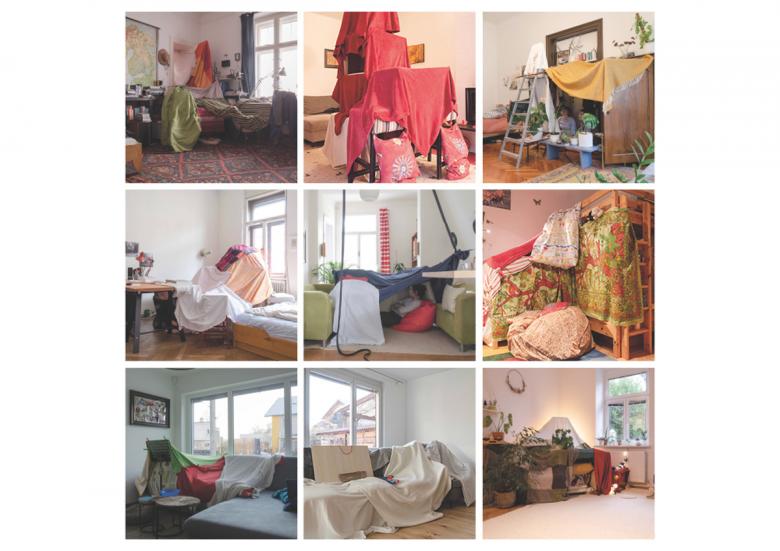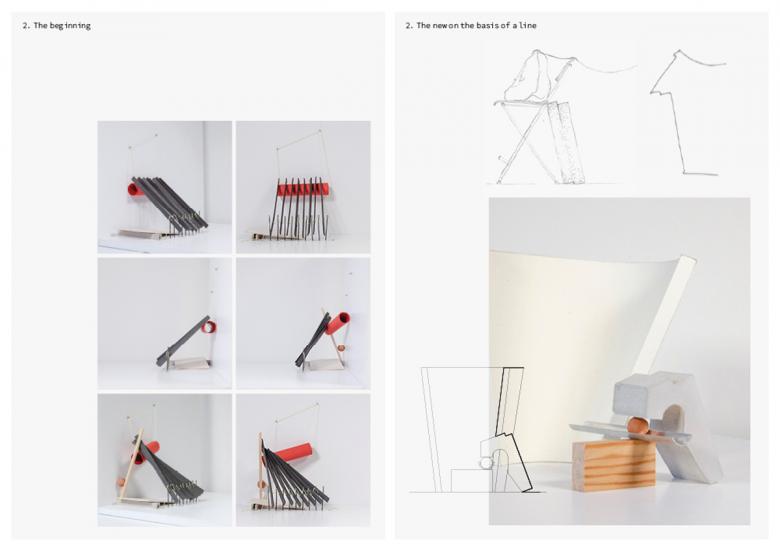About the Attempt of Building a House
Austria
Project Location
Graz, Austria
Topic
Utopia Formal Experimentation
Program
Single house Prototype
A Transformation Process
The project is about designing a house referring to "pillow forts" built by children. Different transformation methods enable to detach oneself from the familiar and to open up to a building process that is less planed in advance. Creating and designing space happens in the moment of actual building.
Pillow forts are playfully created spaces indoors with available materials, mostly furniture, blankets and similar parts that are used according to present ideas, needs and possibilities. If these buildings are understood as architecture, what can architects learn from them? What influence does it have on the building process by thinking it as an open-ended process? Could a house be built with a similar approach? What effects does it have on the design process when decisions are made spontaneously according to desire and need? How can methods of transformation lead to new forms that correspond in essence to the ones of pillow forts?
The project is divided into two parts: A collection of pillow forts documents several pillow forts including photos of the construction process and a building survey, followed by the second part: The Attempt, here step by step characteristics are formulated to develop architectural components and spaces using different transformation methods. 1. The beginning: Each existing part reacts to a newly added one. No part may be missed out. The building is in constant transformation. E.g. inserting a rod and a marble to the model already induces change. 2. The new on the basis of a line: The abstracted line drawn along a detail drawing leads to the following questions: What forms the line detached from its context? What new spatial situation could it describe? The one of a kitchen? 3. Abstracting and describing the new: The sketch of a pillow fort gives way to the association of an accumulation of pillars. The exact verbal description of one of these pillars provides the basis for designing a new one. 4. To forget and see something new: In the process of building pillow forts elements get a new, unusual function. The "forgetting" of the original purpose of the furniture is the precondition to use it as something new during the play. Instead of reading the plan as a plan I try to capture meaningful lines. These lines lead to a new drawing of lines and planes, which can be brought together in a three-dimensional model (e.g. a staircase). 5. Seven principles can be formulated as a support for decisions: 1. The sagging of elements. 2. The weaker makes the stronger visible. 3. Emergence of the substructure in the base area. 4. Expressive and visible joints. 5. Single elements maintain their initial character. 6. Primary elements (e.g. the pillar) are statically stable. 7. Mutual dependency of the individual elements. The collection of models, plans and images during the process and prefabricated parts such as wooden sticks, tubes form the construction kit of the house. Regardless of their function and size during the design process, they are the new components of the house, which are brought together step by step.











